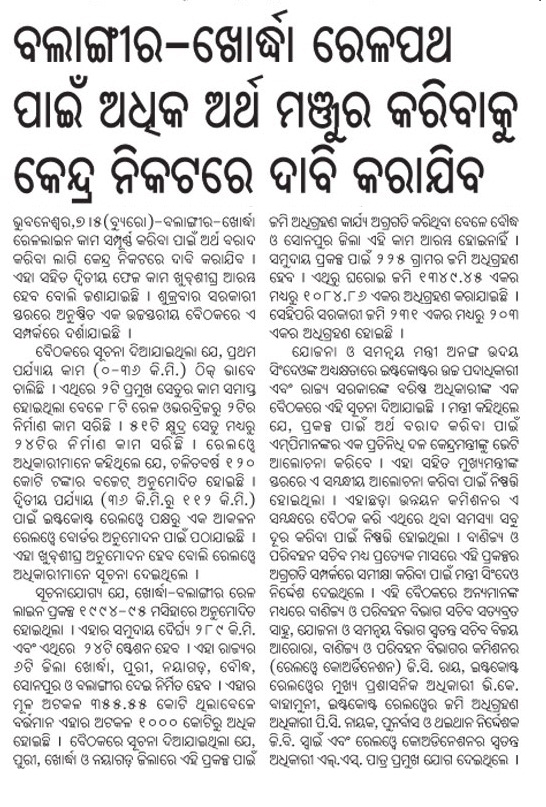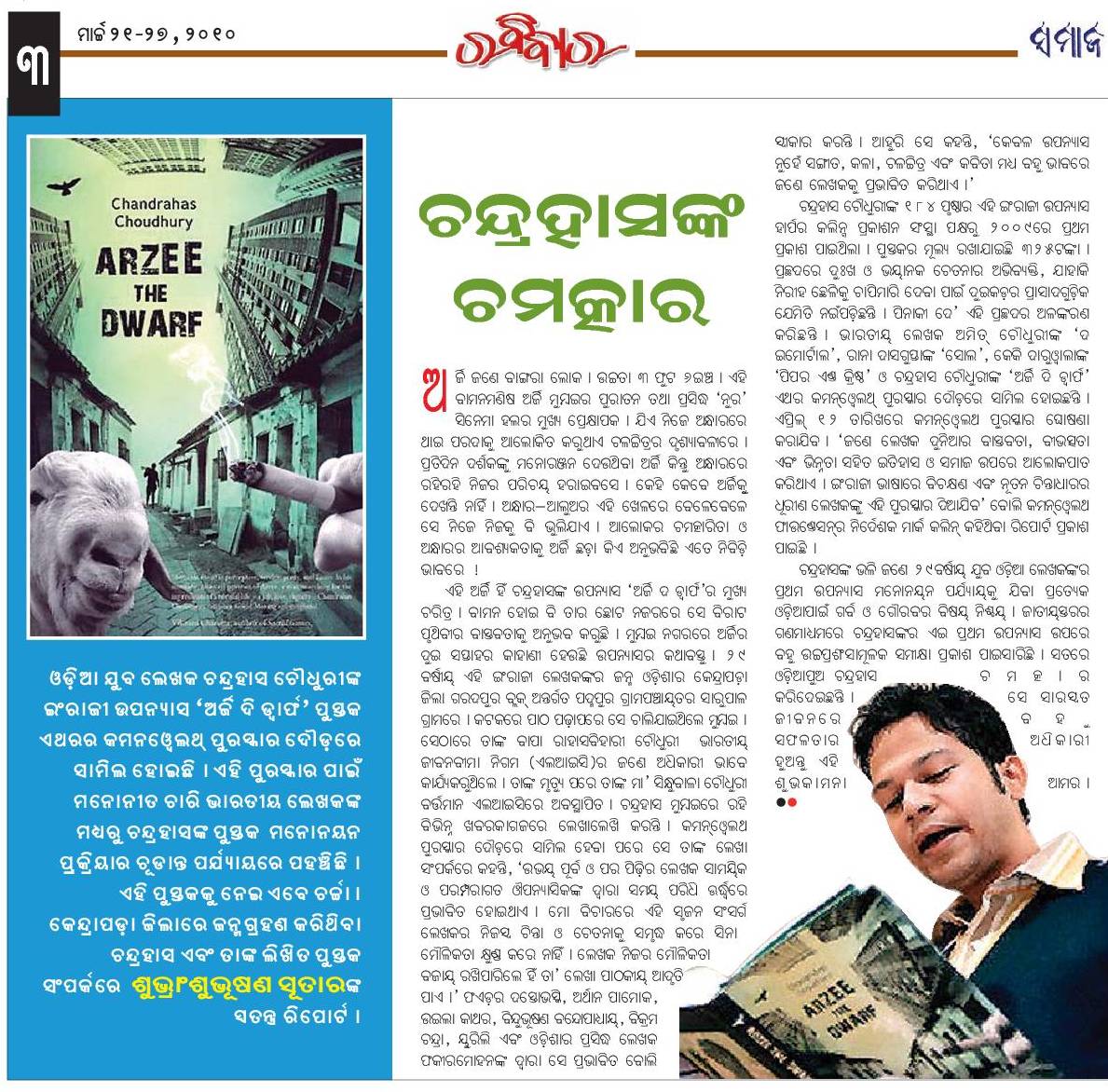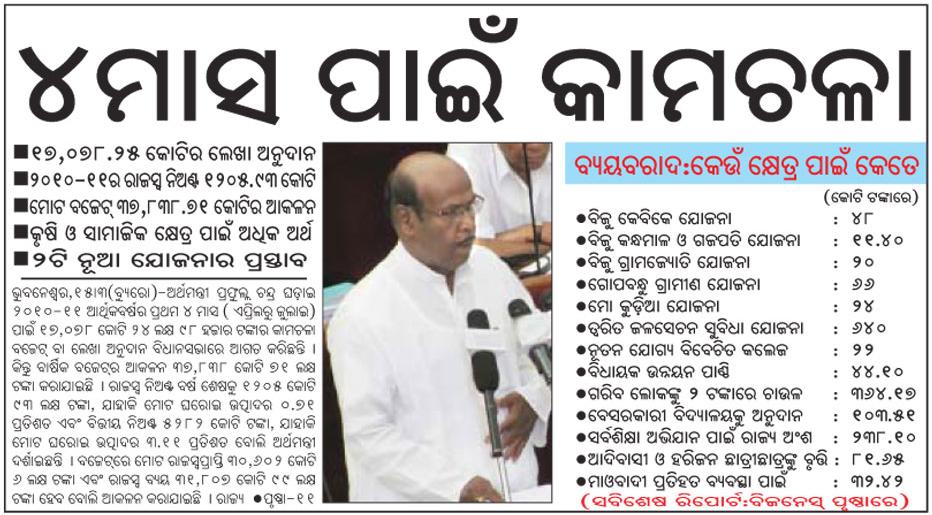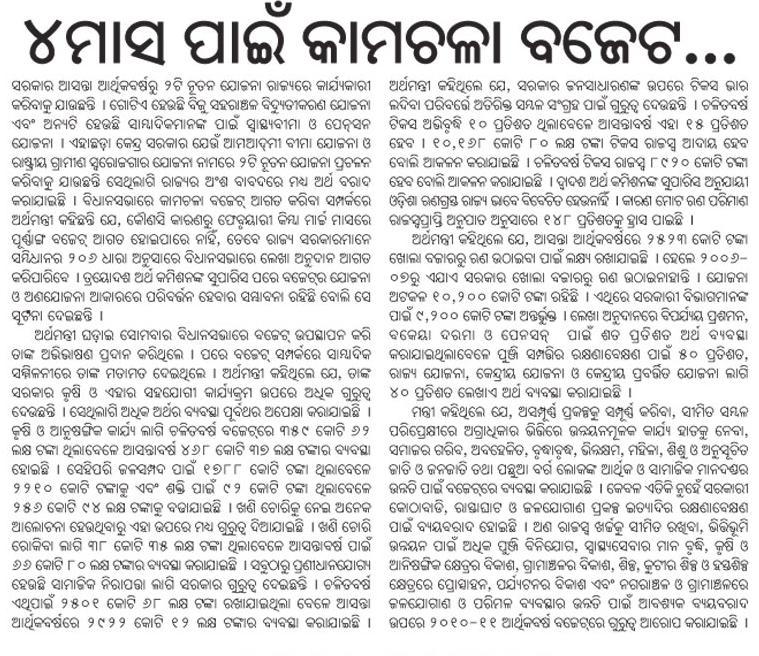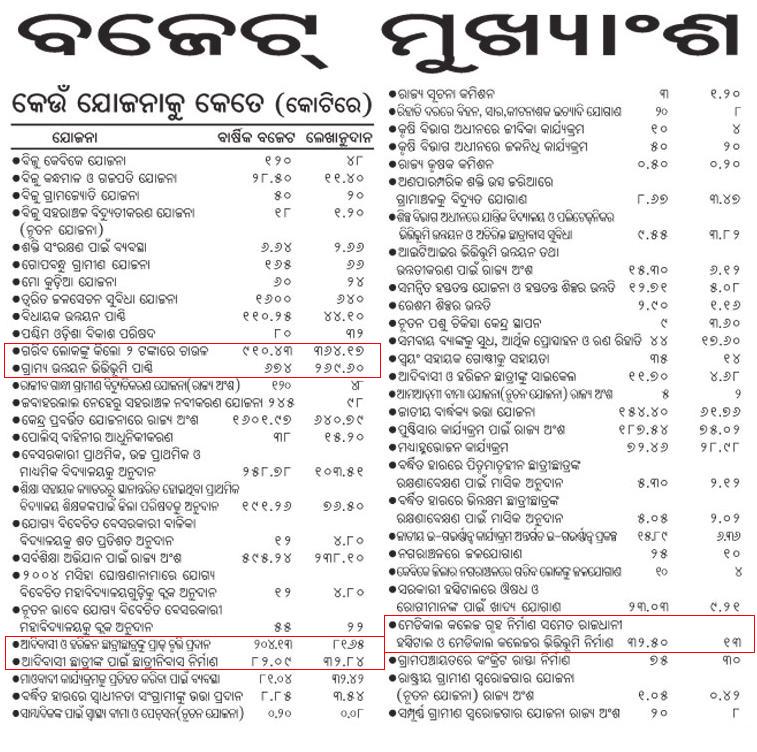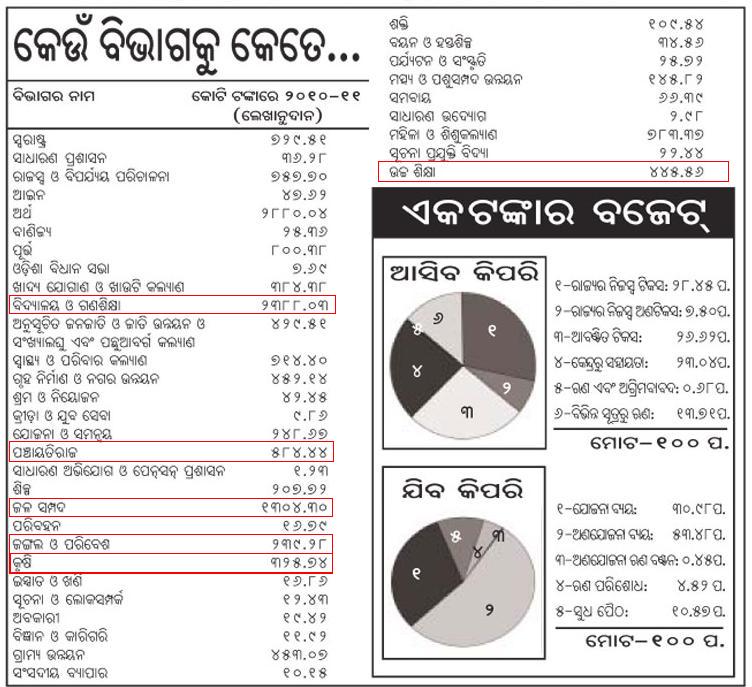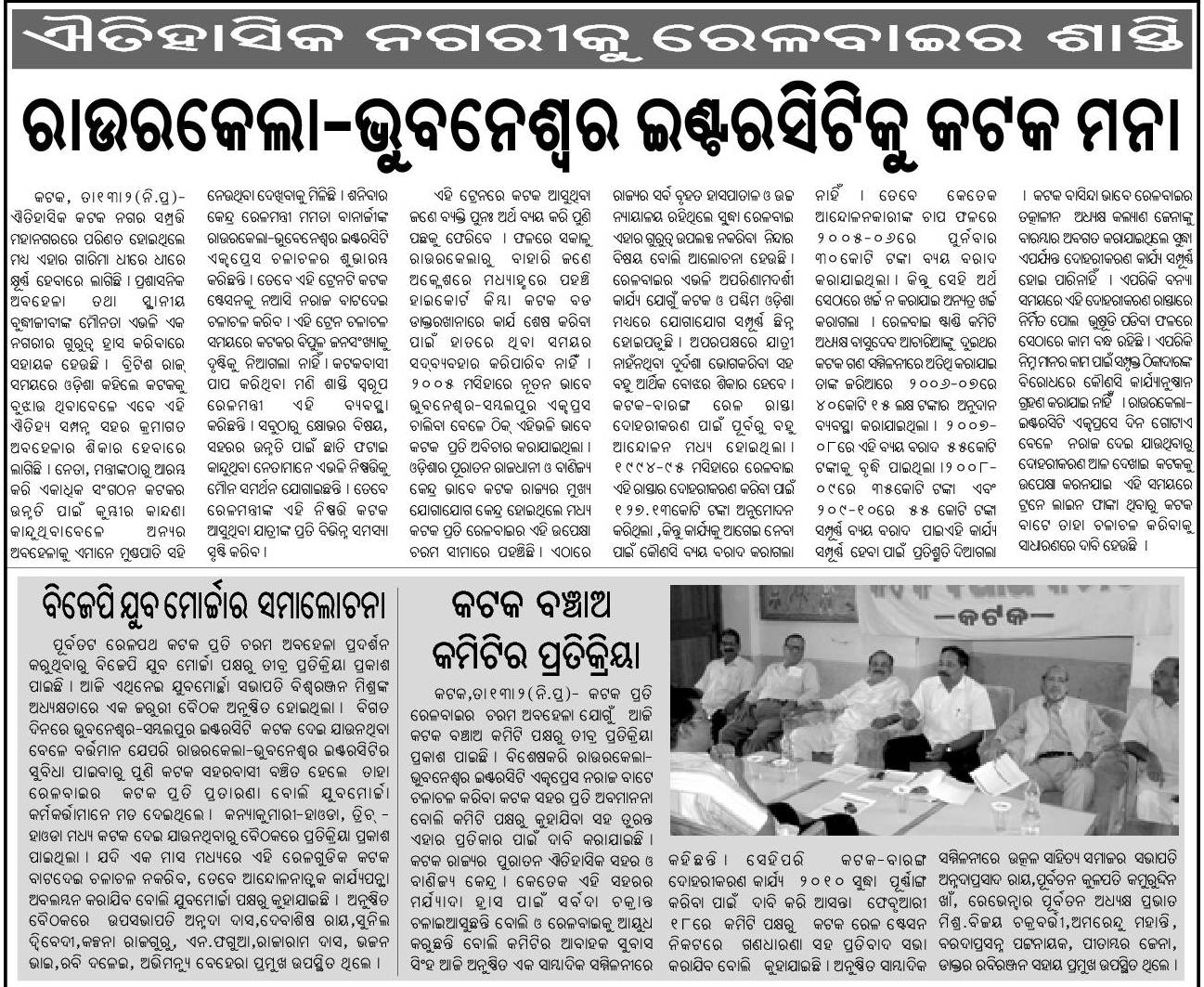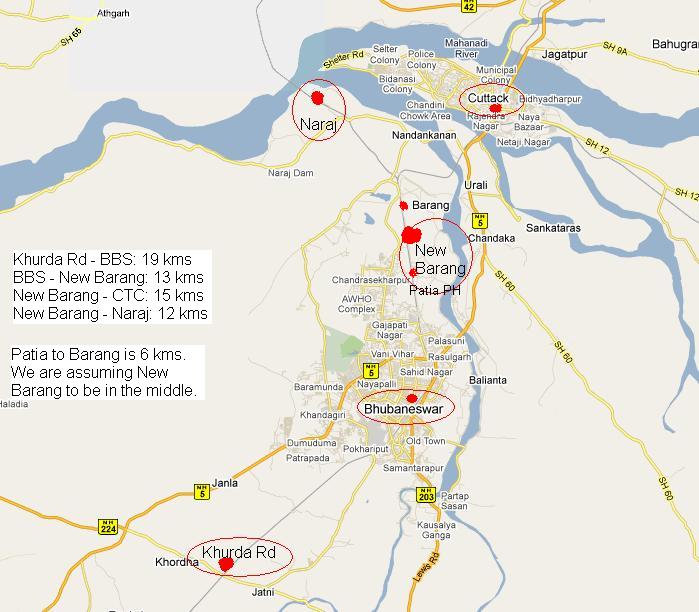News round-up: 3 more terminal markets at Cuttack, Berhampur & Rourkela; MOU with IPPs; 595 crores for water body upgrade; Mega food park at Malipada
1. Economic Times on 3 more terminal markets in Odisha:
Orissa government will provide four terminal market yards to enable the farmers to sell their produce at market prices…. One of the terminal has already been constructed at Sambalpur with an investment
of Rs 86 crore and three others are coming up at Cuttack, Berhampur and Rourkela,…
2. Business Standrad on MOU with five IPPs for 4800 MW power:
The cumulative capacity of these projects would be 4800 Mw and the total investment is envisaged to be Rs 23203.52 crore.
With this, the total power generation projected in the state would increase to 31100 Mw from 26300 Mw earlier.The Orissa government has already inked MoUs with 21 IPPs with an aggregate generation capacity of 26,300 Mw earlier.
… Five companies who signed the MoU included BGR Energy System, JR Powergen Private Ltd, Adhunik Power and Natural Resources Ltd, Maa Durga Thermal Power Company Ltd and Vijaya Ferro and Power Private Ltd.
JR Powergen Private Ltd would set up a 1980 Mw thermal power plant at Kishorenagar near Angul at an investment of Rs 7988 crore. BGR Energy Systems Ltd also plans to set up a 1320 Mw power plant at Bhapur in Nayagarh district at an investment of Rs 6287 crore.
Similarly, Adhunik Power and Natural Resources Ltd would set up a 1320 Mw power plant at Birmaharajpur in Sonepur district entailing an investment of Rs 8079.74 crore. All these proposals were cleared by the High Level Clearance Authority (HLCA) chaired by the chief minister Naveen Patnaik.
On the other hand, Maa Durga Thermal Power would set up a 60 Mw ((2x30Mw) power plant at Tangi in Cuttack district, involving an investment of Rs 296.95 crore. Besides, Vijaya Ferro and Power Private Ltd, planning to set up a 120 Mw power plant (IPP) at an investment of Rs 550 crore at Kesinga (Turla Khamar) in Kalahandi district.
The total land requirement for these projects have been assessed at 4360 acres and about 22,325 direct and indirect employment opportunities are expected to be created when these projects would be fully commissioned. Three projects namely BGR Energy System, JR Powergen Private Ltd, Adhunik Power and Natural Resources Ltd would source water from the Mahanadi river system, Maa Durga Thermal Power would draw water from Birupa river.Vijaya Ferro and Power plans to source water from Tel river.
3. Hindu on preliminary bids for UMPP at Bedabahal:
the government was likely to invite preliminary bids for the 4,000-MW Ultra Mega Power Project (UMPP) at Bedabahal in Orissa by April 30.
The request for qualification (RSQ) for the project may be issued by April 30.
This Bedabahal project would be the sixth UMPP project. The government has already awarded four UMPPs, of which three — Sasan in Madhya Pradesh, Krishnapatnam in Andhra Pradesh and Tilaiya in Jharkhand — have been bagged by Reliance Power.
4. Sify on 595 crores for waterbody upgrade:
As many as 1817 water bodies, mostly the minor irrigation projects (MIPs) in 20 districts of Orissa, would be revitalized under the Centrally sponsored scheme of Repair, Renovation and Restoration (RRR) of Water Bodies.
These water bodies would be revitalized within a period of three years at an estimated cost of Rs 595.14 crore.
The funding for these projects would be shared between the Government of India and the Orissa government in the ratio of 90:10 for the Maoist infested, drought prone and backward districts of Kalahandi, Bolangir and Koraput (KBK).
For the other districts, the share between the Centre and the state government will be 25 per cent and 75 per cent respectively.
While the design ayacut of all 1817 projects was 2, 48,545.86 hectares, the irrigation potential of an additional 89,110.02 hectares of land would be revived through these projects, sources said.
Most of these projects under the RRR scheme are being taken up in south Orissa’s Ganjam district. About 800 projects under the scheme are to be taken up in the district at a cost of Rs 250.87 crore.
… Apart from Ganjam and KBK, the other districts where the scheme will be implemented are Bargarh, Bolangir, Gajapati, Jajpur, Kalahandi, Kandhamal, Koraput, Mayurbhanaj, Nabarangapur, Nayagarh, Nuapada, Rayagada, Sambalpur, Sundargarh, Balasore, Malkanagiri, Subarnapur, Deogarh and Dhenkanal.
The pilot project for this scheme was implemented for 137 projects in Ganjam and Gajapati districts at a cost of Rs 18.84 crore during 2005-06 to 2008-09.
5. Hindu on Japan giving 150 crores for an irrigation project:
Japan will also give … over Rs 150 crore for Rengali irrigation project in Orissa.
6. Hospitalitbizindia on a mega food park at Malipada, Khurda:
Government of India is likely to set up a mega food park and a marine food park at Malipara near Khurda in Orissa with an area of 282 acres. This information was given by Subodh Kant Sahai, Union Minister for Food Processing while responding to a demand raised by Naveen Patnaik, Chief Minister, Orissa at the Orissa Investors meet 2010.

